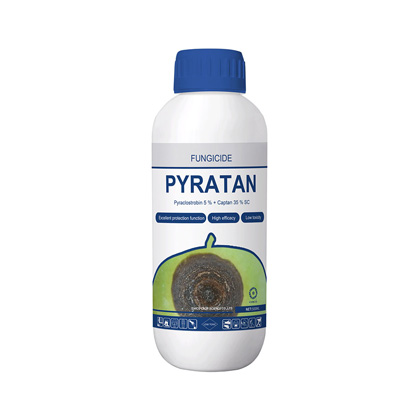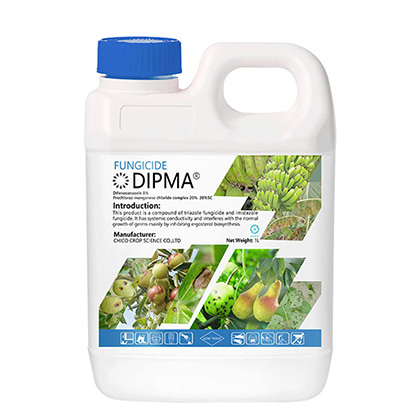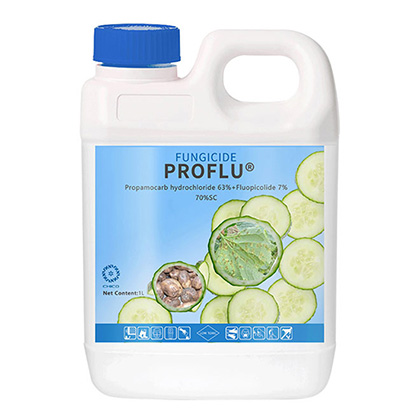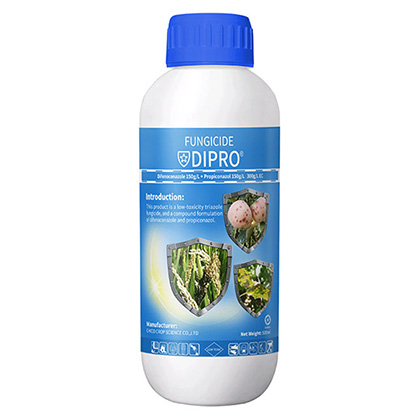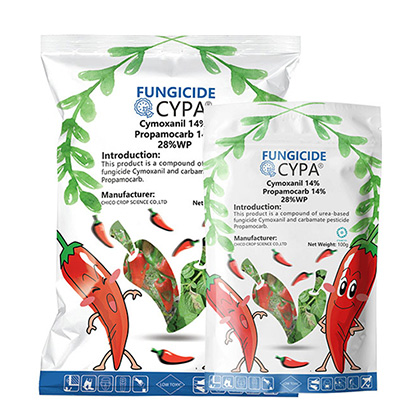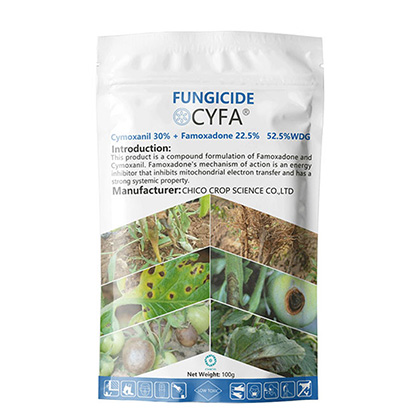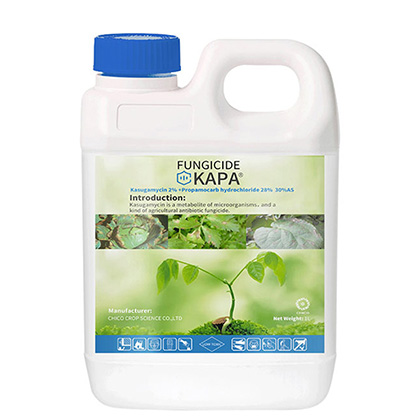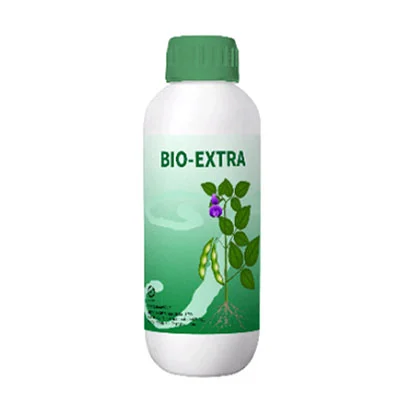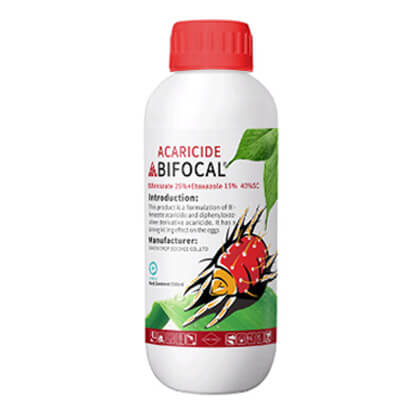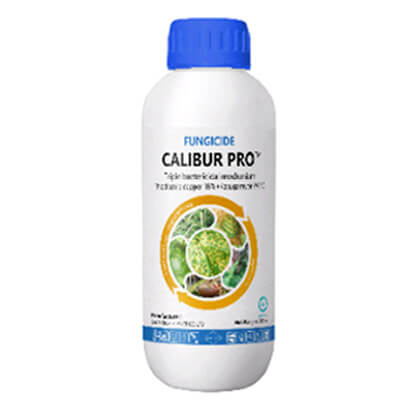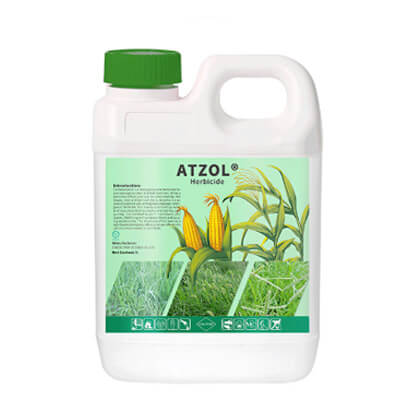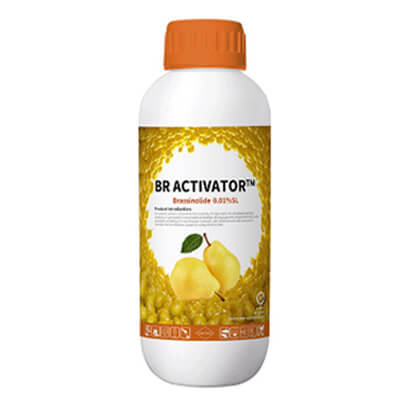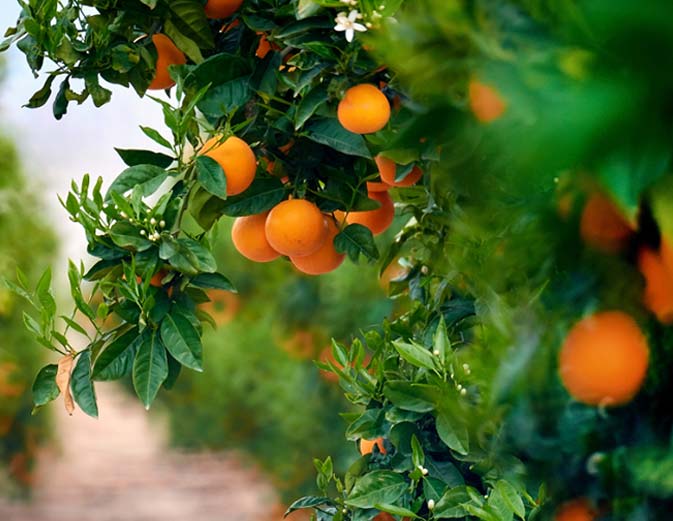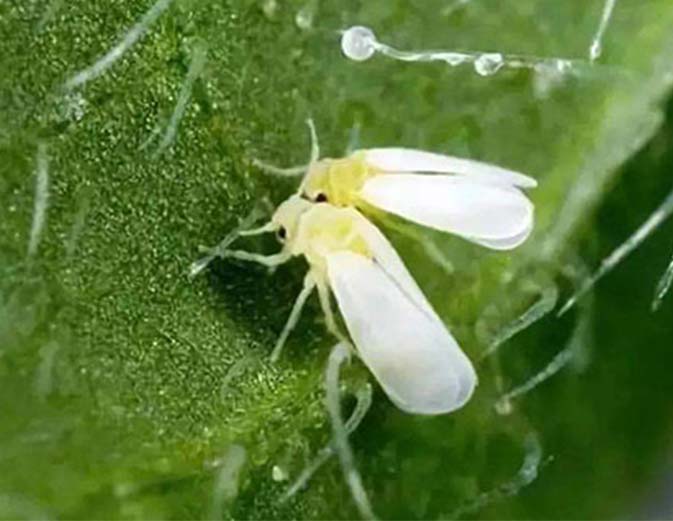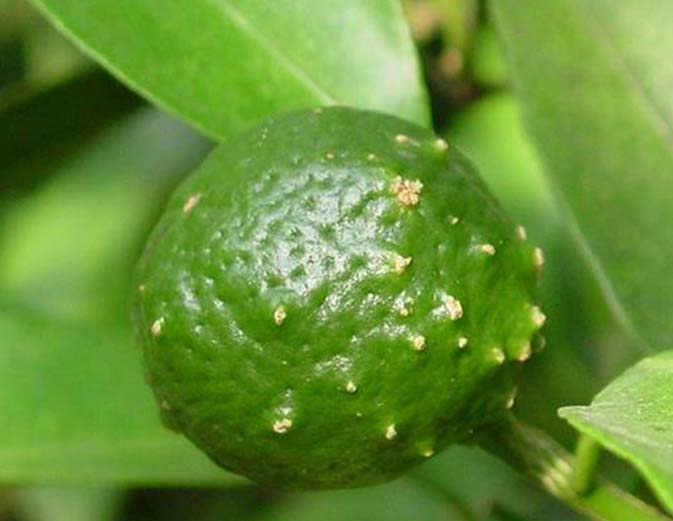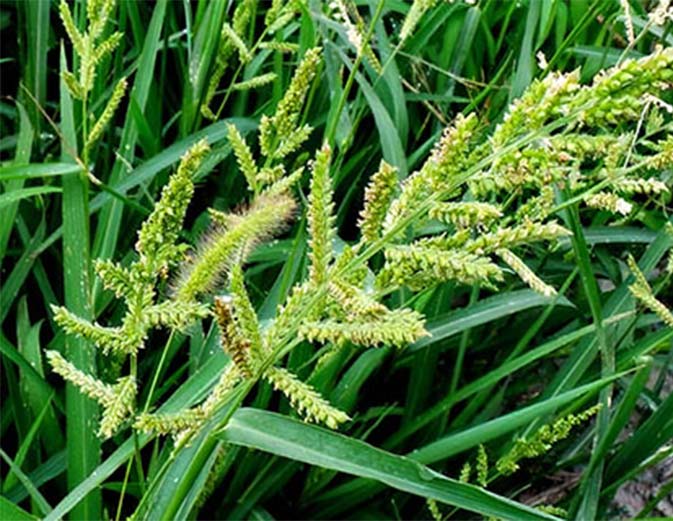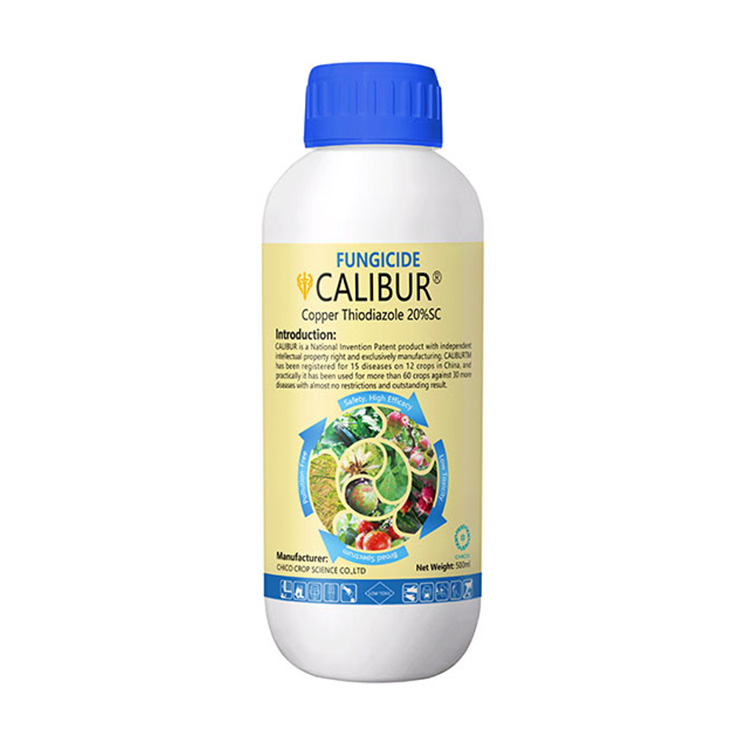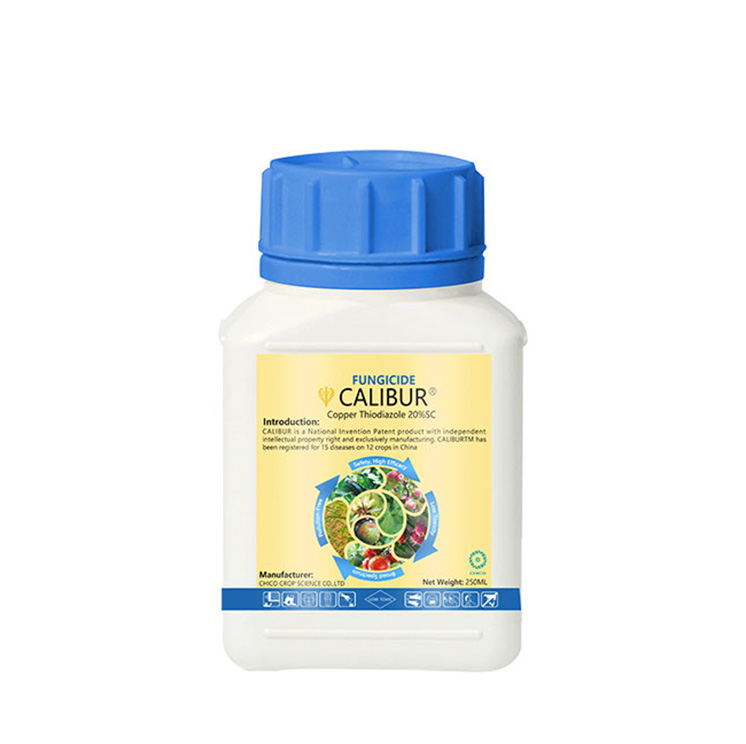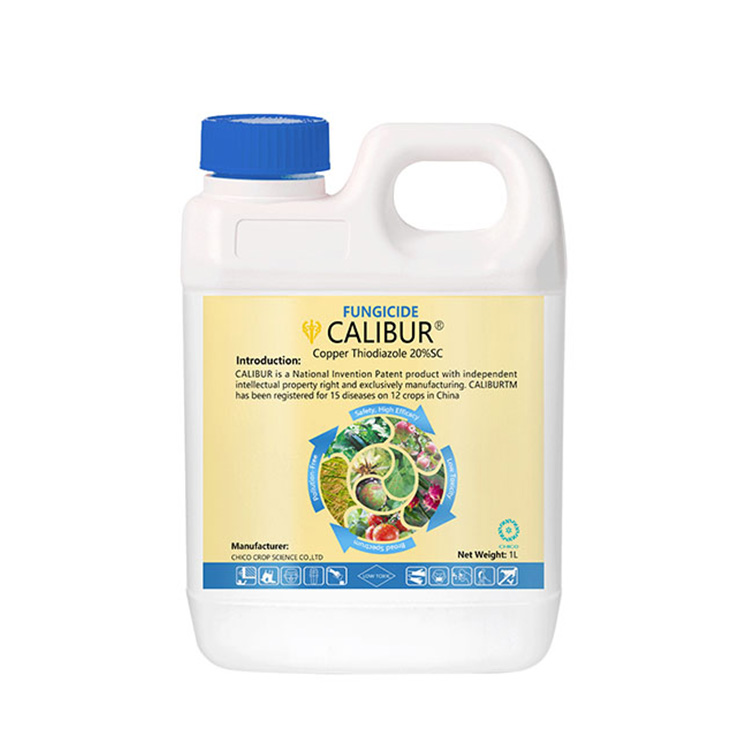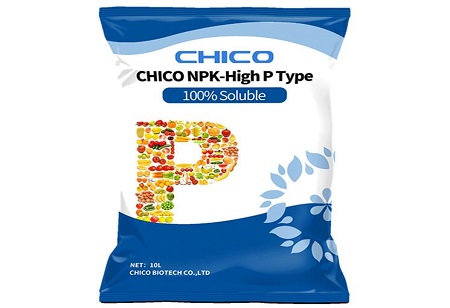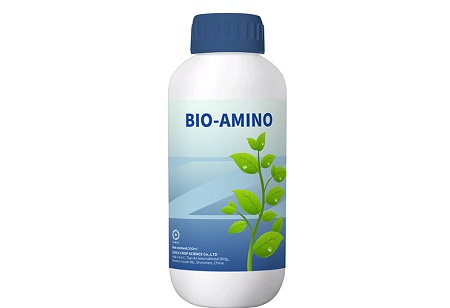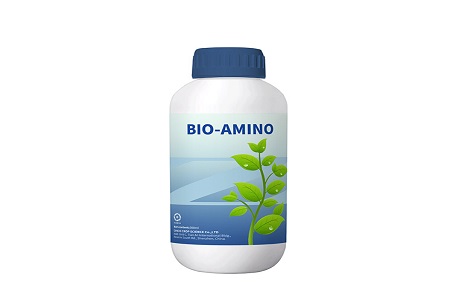
CALIBUR® Thiodiazole Copper 20% SC Fungicide
Product Introduction
Product Feature
This product is a highly effective systemic and conductive fungicide. The chemical structure of CALIBUR® is ring-shaped, with the characteristics of high stability and efficacy, it is easier to enter the tissues of crops (systemic conduction). Under the action of enzymes in the crops, the ring-shaped structure breaks down to form copper ions and thiazole groups.
Thiazole groups are highly effective therapeutic agents in plants.
When thiazole groups enter plant's pitted vessel, bacteria will be severely damaged. It makes the plant's cell wall becoming thinner and then disintegrated, thus causing the death of bacteria. Some of the bacteria in the other two vessels in the plant (spiral vessel and annular vessel) are affected, with their cells not dividing, and thus the disease is controlled.
The copper ion in CALIBUR® is exchanged with the cations (H +, K +, etc.) on the surface of the cell membrane of pathogens, causing the protein to coagulate and kill the pathogens. Some copper ions penetrate into pathogens cell and combine with certain enzymes to disturb their activity, leading to dysfunction and the death of pathogens.
In a word, with the combined action of the two groups, CALIBUR® can treat bacteria and fungal diseases more thoroughly with excellent efficacy, broad spectrum and long duration.
Product Feature
This product is a highly effective systemic and conductive fungicide. The chemical structure of CALIBUR® is ring-shaped, with the characteristics of high stability and efficacy, it is easier to enter the tissues of crops (systemic conduction). Under the action of enzymes in the crops, the ring-shaped structure breaks down to form copper ions and thiazole groups.
Thiazole groups are highly effective therapeutic agents in plants.
When thiazole groups enter plant's pitted vessel, bacteria will be severely damaged. It makes the plant's cell wall becoming thinner and then disintegrated, thus causing the death of bacteria. Some of the bacteria in the other two vessels in the plant (spiral vessel and annular vessel) are affected, with their cells not dividing, and thus the disease is controlled.
The copper ion in CALIBUR® is exchanged with the cations (H +, K +, etc.) on the surface of the cell membrane of pathogens, causing the protein to coagulate and kill the pathogens. Some copper ions penetrate into pathogens cell and combine with certain enzymes to disturb their activity, leading to dysfunction and the death of pathogens.
In a word, with the combined action of the two groups, CALIBUR® can treat bacteria and fungal diseases more thoroughly with excellent efficacy, broad spectrum and long duration.
Advantage
Unique mechanism: Featuring dual bactericidal mechanism, it has not only the thiazole groups with unique therapeutic effect on bacteria, but also has copper ions with excellent prevention function on bacteria and fungi, so the efficacy is obviously better than usual bacterial fungicides.
High safety: It has an extremely low toxicity (LD50>5050mg/kg), and can be used in all growth stages of crops under usual concentrations. It is safe for human, livestock, fish, birds, bees, silkworms and natural enemies, with low residue and no pollution to the environment. It can be mixed with most pesticides.
High efficiency: Featuring excellent performance, fast action, and strong systemic conductivity (can be used for root treatment), it has an excellent protection (prevention) and treatment effect. At the usual dosage, the duration of efficacy can last 10-14 days.
Broad spectrum: It has special efficacy against bacterial diseases and high efficacy against fungal diseases. It can be used against 30 more diseases for various crops.
Advanced technology: Featuring ultrafine suspension concentrate, it has high suspensibility, good dispersibility and strong adhesion.
None resistance: It can be used throughout the year, without causing pests like red spiders to re-emerge due to proliferation. It will not occur any resistance for repeated uses.
Synergism: Easy to be absorbed by crops, it can effectively supplement copper ions, promote crop growth, and make leaves green, which will make harvested fruits and vegetables brightly colored, and their quality significantly improved.
Applicable Crops
Rice, melons, vegetables, fruit trees.
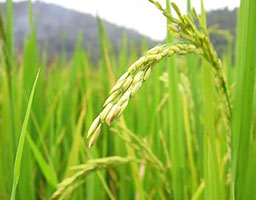
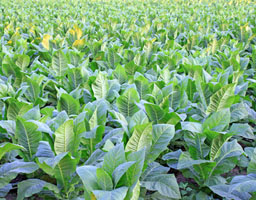
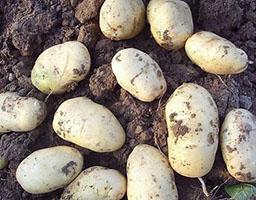
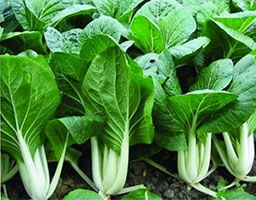
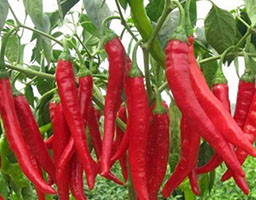
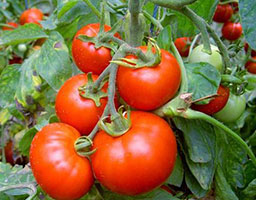
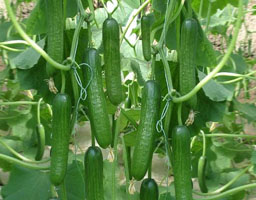
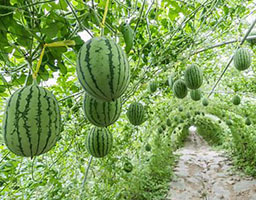
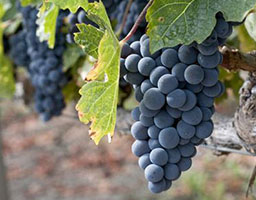
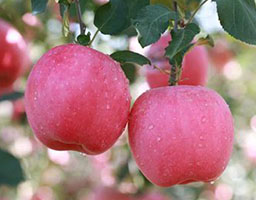
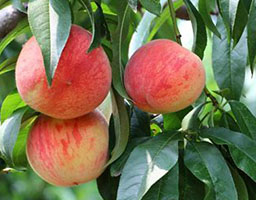
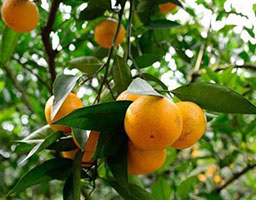
Targets
Chinese cabbage black rot, chinese cabbage soft rot chinese cabbage bacterial leaf spot.
Kidney bean bacterial blight.
Soybean spot disease, soybean leaf burn.
Garlic soft rot.
Tomato scab, tomato canker.
Cabbage black rot, cabbage bacterial black spot.
Citrus scab, citrus canker.
Peanut bacterial wilt, peanut leaf spot.
Cucumber bacterial angular leaf spot.
Chili scab, chili bacterial wilt, chili soft rot, chili leaf spot.
Radish black rot, radish soft rot.
Potato scab, potato bacterial wilt.
Cotton angular leaf spot, cotton wilt.
Konjak soft rot.
Eggplant wilt.
Mulberry wilt, mulberry bacterial blight.
Ginger blast.
Rice bacterial leaf blight.
Bacterial streak.
Peach bacterial perforation, peach anthracnose.
Watermelon wilt, watermelon leaf spot.
Banana blight, banana leaf spot.
Tobacco keratosis, tobacco bacterial wilt, tobacco wildfire.
Taro soft rot, taro stain disease, taro blight disease.
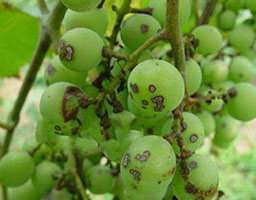
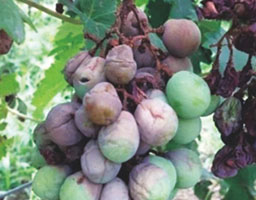
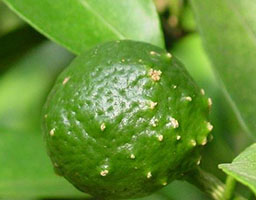
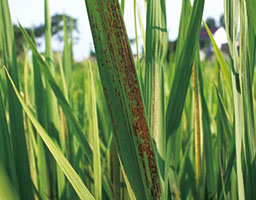
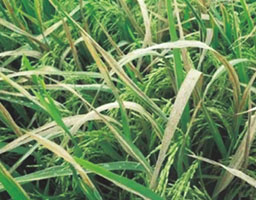
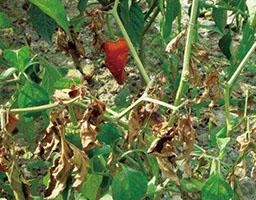
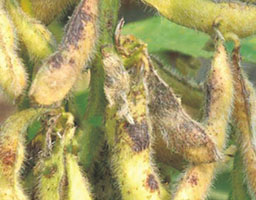
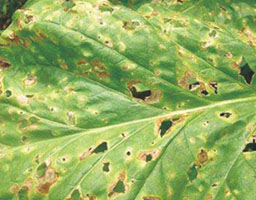
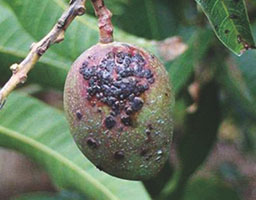
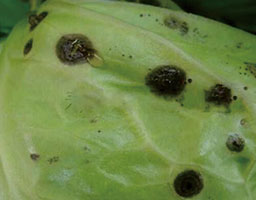
Uses and Recommendations
Crops | Targets | Dosage (formulation) | Application Method | PHI Pre-Harvest Interval |
Orchid | soft rot | 300-500 times liquid | spraying after diluted with water | / |
Cabbage | soft rot | 1125-1500g/ha | spraying after diluted with water | 14 days |
Korla fragrant pear tree | fire blight | 300-500 times liquid | spraying after diluted with water | 120 days |
Citrus | scab | 300-500 times liquid | spraying after diluted with water | 14 days |
canker disease | 300-700 times liquid | spraying after diluted with water | ||
Peach tree | bacterial perforation disease | 300-700 times liquid | spraying after diluted with water | 14 days |
Cotton | seedling wilt disease | 1000-1500 g per 100 kg seed | seed dressing | / |
Rice | bacterial blight | 1500-1950 g/ha | spraying after diluted with water | 15 days |
bacterial leaf streak | 1875-2400 g/ha | spraying after diluted with water | ||
Tobacco | bacterial wilt | 300-700 times liquid | spraying after diluted with water | 21 days |
wildfire disease | 1500-1950 g/ha | spraying after diluted with water | ||
Kiwi fruit tree | canker disease | 300-700 times liquid | spraying after diluted with water | 14 days |
Tomato | leaf spot disease | 300-700 times liquid | spraying after diluted with water | 5 days |
Taro | Soft rot | 300-500 times liquid | spraying after diluted with water | 14 days |
Watermelon | fusarium wilt | 1125-1500 g/ha | spraying after diluted with water | 14 days |
Potato | black shank | 1500-1875ml/ha | spraying after diluted with water | 14 days |
Cucumber | angular leaf spot disease | 1250-2450 g/ha | spraying after diluted with water | 3 days |
1. Spraying: General crops use 500 times fine spray, preferably spray the leaves to the wet, root disease or soil-borne disease are suitable for coarse spraying with 500-800 times or pour at the base of the plant.
2. Application period: It should be based on prevention, splash 500 times of medicine liquid or spray, 7 days before transplanting; When transplanting, dip the root in 300 times of medicine liquid; After transplanting, it is better to prevent and cure the disease in the initial stage.
3. If the disease is serious, application once every 7 to 10 days, continuously repeat for 1-3 times.

Cautions
This product is more sensitive to soybeans, fir seedlings and lotus roots. Avoid the liquid drifting to the above crops when applying.
Shaking well before use, and then dilute with water; if there is precipitation, it will not affect the efficacy.
This product can be used with most pesticides ,but cannot be mixed with strong alkaline pesticides, thiram and thiram compound formulations.
In case of special sensitive crops, it is necessary to test first in small area and then decide to whole using.
Suitable period of application: It should be based on prevention. For vegetable and melon crops, the prevention at the seedling stage is very important. The application at the seedling stage can prevent root diseases, soil-borne diseases and some leaf diseases in the later stage of the crop; Fruit tree crops at the shoot stage is extremely important, it is best to spray the whole plant.
It should be stored in dry, cool, low temperature, ventilated and rainproof place. Keep away from fire and heat source and avoid direct sunlight.
